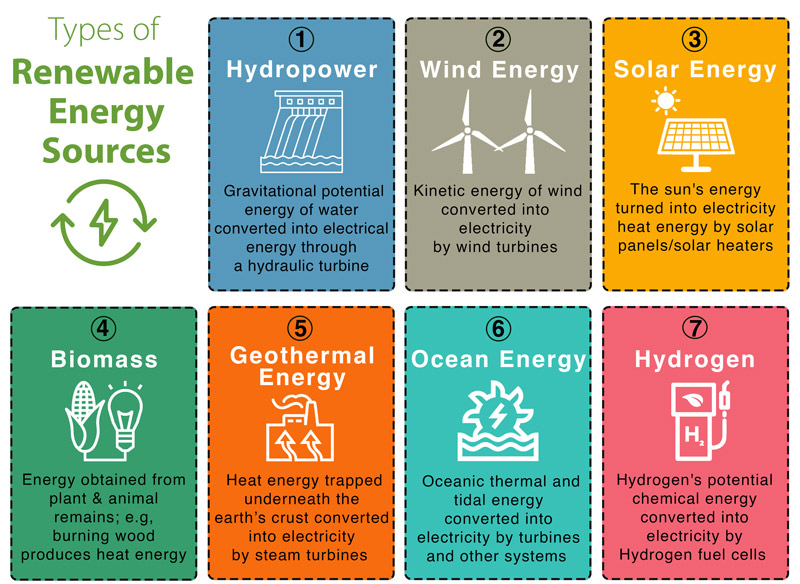International Relations
48th G-7 Summit
- 29 Jun 2022
- 7 min read
For Prelims: G7, Clean Energy Technology, Ethanol Blending, Foreign Direct Investment, Low-Carbon Technology
For Mains: Market of Clean Energy Technology in India, Important International Institutions
Why in News?
Recently, at the 48th G7 Summit, Indian Prime Minister invited the G7 Nations to tap into the huge market for clean energy technologies emerging in the country.
- Germany holds the presidency of the G7 in 2022.
- The German Presidency has invited Argentina, India, Indonesia, Senegal and South Africa to the G7 Summit.
What is Group of Seven (G7)?
- It is an intergovernmental organisation that was formed in 1975.
- The bloc meets annually to discuss issues of common interest like global economic governance, international security and energy policy.
- The G7 countries are the UK, Canada, France, Germany, Italy, Japan and the US.
- All the G7 countries and India are a part of G20.
- The G7 does not have a formal charter or a secretariat. The presidency, which rotates among member countries each year, is in charge of setting the agenda. Sherpas, ministers and envoys hammer out policy initiatives before the summit.
- As of 2022, G7 countries make up 10% of the world’s population, 31% of global GDP, and 21% of global carbon dioxide emissions, according to the Summit website. China and India, the two most populous countries with among the largest GDP figures in the world, are not part of the grouping.
- In all G7 countries, annual public sector expenditure exceeded revenue in 2021. Most G7 countries also had a high level of gross debt, especially Japan (263% of GDP), Italy (151%) and the US (133%).
- The G7 countries are important players in global trade. The US and Germany in particular are major export nations. Both sold goods worth well over a trillion US dollars abroad in 2021.
What are the Other Highlights of G7 Summit?
- PGII:
- G7 announced the collective mobilization of 600 billion dollars by 2027 under Partnership for Global Infrastructure and Investment (PGII) to deliver “game-changing” and “transparent” infrastructure projects to developing and middle-income countries.
- LiFE Campaign:
- Indian Prime Minister highlighted Global Initiative for LiFE (Lifestyle for Environment) campaign.
- The goal of this campaign is to encourage an eco-friendly lifestyle.
- Indian Prime Minister highlighted Global Initiative for LiFE (Lifestyle for Environment) campaign.
- Stand on Russia-Ukraine Crisis:
- Russia-Ukraine crisis has pushed the energy prices to a record high, Indian Prime Minister addressed the need for equal energy distribution amongst the population of rich and poor nations.
- On Russia-Ukraine war, Prime Minister reiterated his stand that there must be an immediate end to the hostilities and a resolution should be reached by choosing the path of dialogue and diplomacy.
What is Clean Energy Technology?
- About:
- It refers to any process, product or service that reduces negative environmental impacts through significant energy efficiency improvements, sustainable use of resources or environmental protection activities.
- Clean energy technologies also endure economic growth by enhancing the supply of energy demand and tackling environmental challenges and their impacts due to the use of other conventional sources of energy and their impacts due to the use of other conventional sources of energy.
- Clean technology includes a broad range of technology related to recycling, renewable energy (Wind power, solar power, biomass, hydropower, geothermal, biofuels, etc.), information technology, green transportation, electric motors, green chemistry, lightning, greywater, etc.
- Emerging Market for Clean Technology in India:
- Governmental Regulations:
- With a more active media and awareness of people towards the environment, India is driven towards adopting a pro-environment stance in all its development strategies.
- Adopting Newer & Cleaner Technologies:
- The adoption of newer and cleaner technologies will help India in leap frogging into the sustainable growth pathway as the Indian economy grows at an unprecedented rate.
- Global Climate Negotiations:
- The current global negotiations on climate change have put pressure on rapidly developing economies like India to adopt green technologies.
- Foreign Direct Investment (FDI):
- The Indian market offers strong business prospects for foreign investors.
- India’s growing economy and surging demand for clean power to strengthen energy security and reduce pollution, as well as ongoing sector reforms, is making India one of the most attractive destinations in the world for environmentally-friendly investments.
- Low-carbon Technologies:
- India is particularly well placed to become a global leader in renewable batteries and green hydrogen.
- Other low-carbon technologies can create a market worth up to 80 billion dollars in India by 2030.
- Governmental Regulations:
- Development in India:
- India has achieved the target of 40% energy-capacity from non-fossil sources and 10% Ethanol-blending in petrol.
- India has the world's first fully solar power operated airport.
- India is one of the largest energy producing countries from renewable sources. In the electricity sector, renewable energy (excluding large hydro) accounted for 20% of the total installed power capacity.
What are the Benefits of Clean Energy?
- Clean energy provides a variety of environmental and economic benefits, including a reduction in air pollution.
- A diverse clean energy supply also reduces the dependence on imported fuels.
- Renewable clean energy also has inherent cost savings, as there is no need to extract and transport fuels, such as with oil or coal, as the resources replenish themselves naturally.
- Other industrial benefits of a clean energy mix are the creation of jobs to develop, manufacture and install the clean energy resources of the future.





